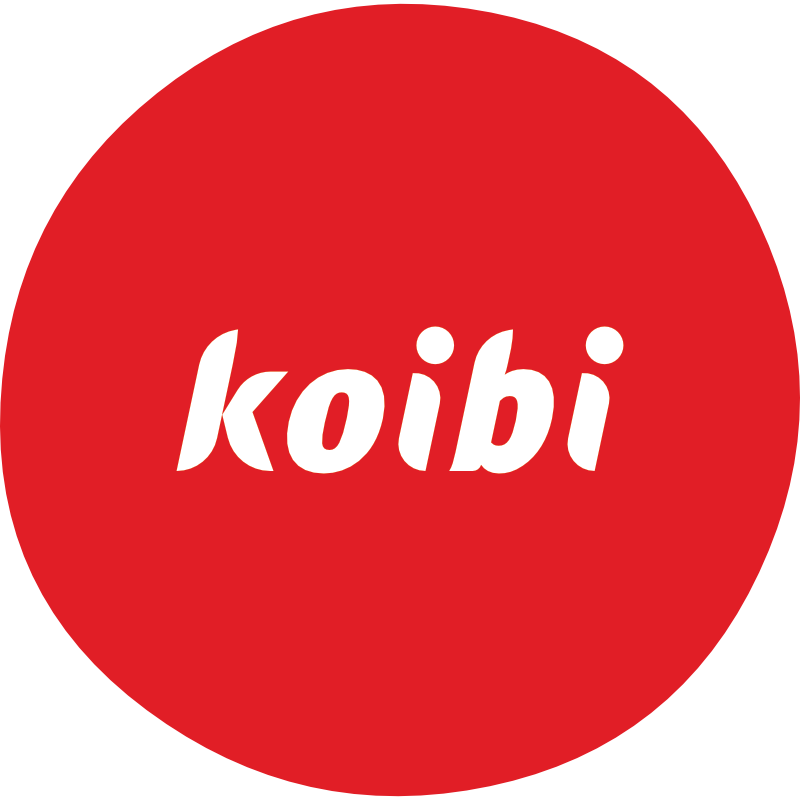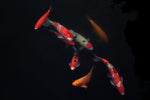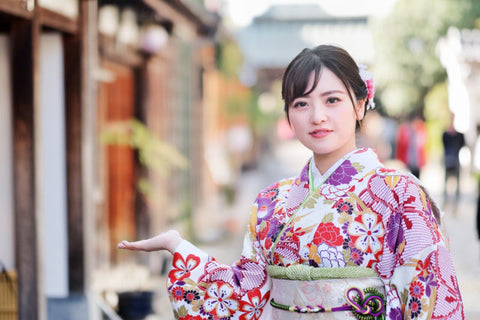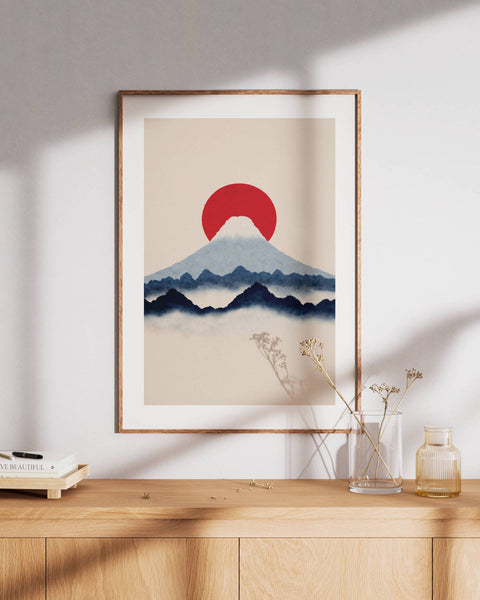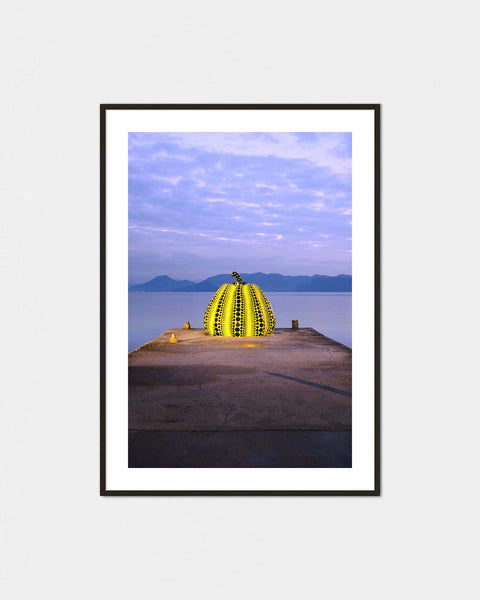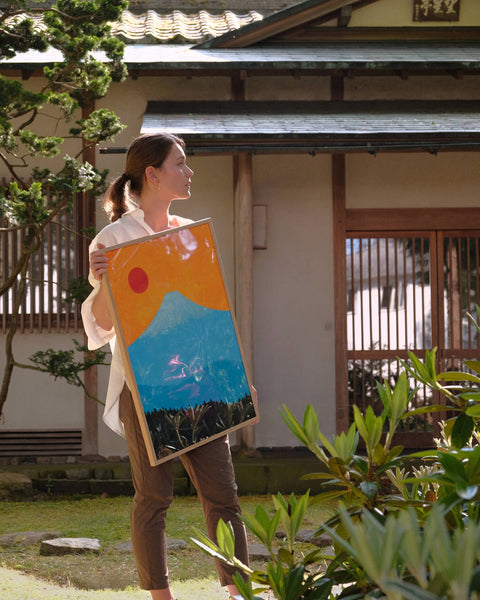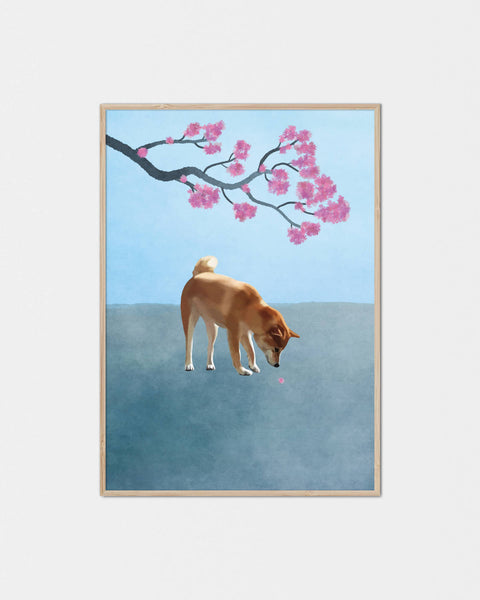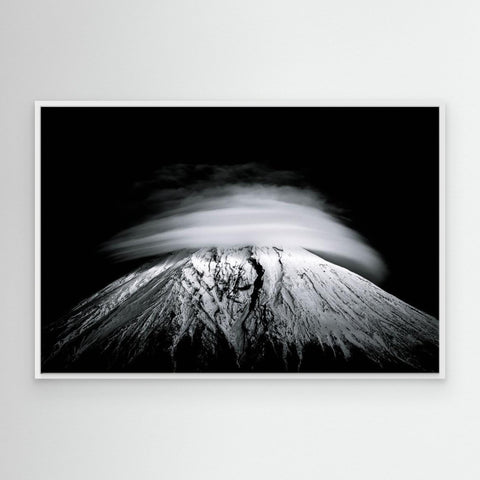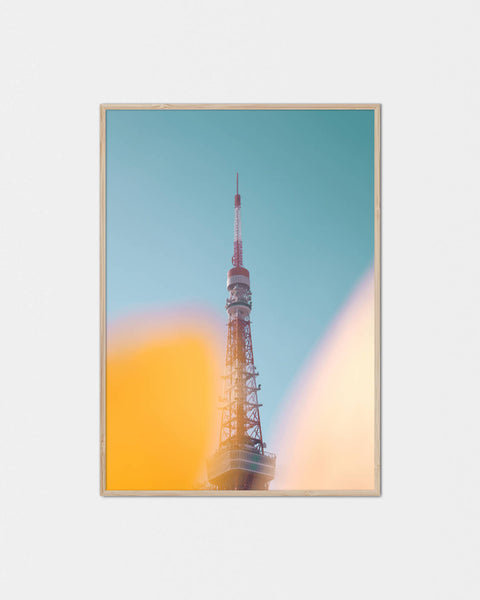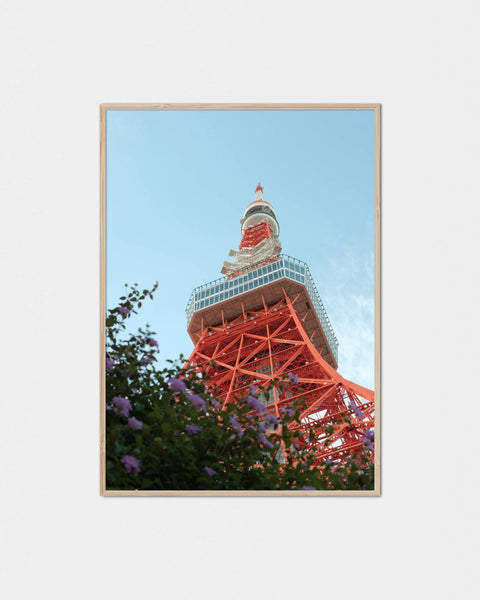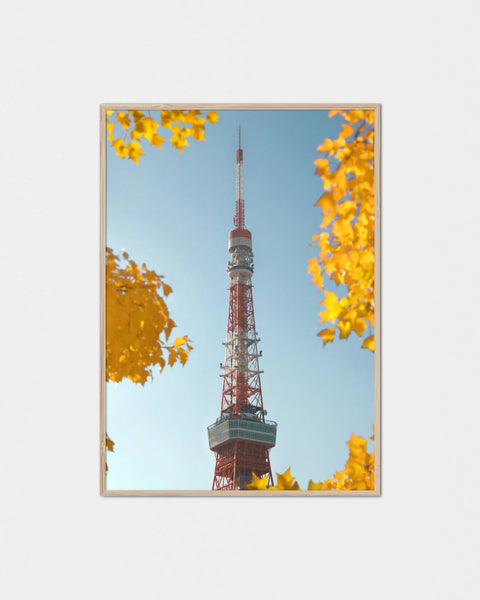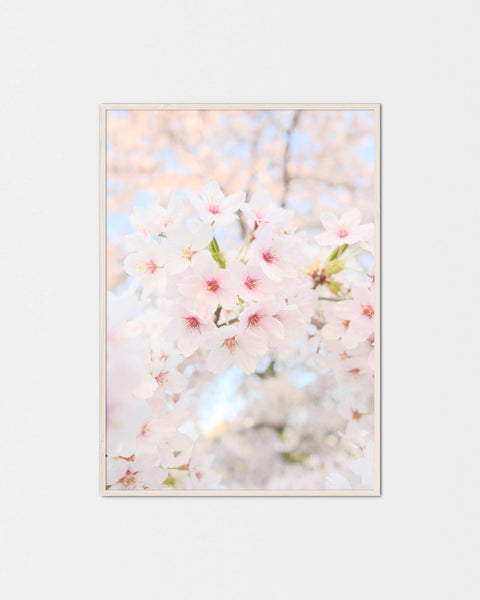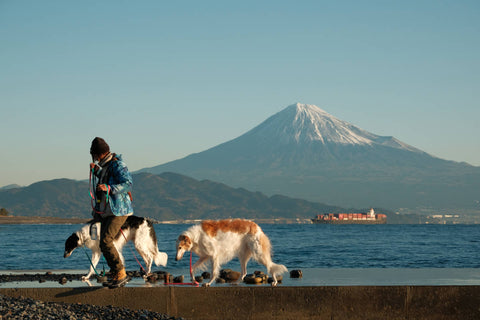Prepare yourself with a list of helpful words that are good to learn before traveling or moving to Japan — The goal of this may not be to become fluent in Japanese but to assist you as a foreigner without much prior knowledge of the language.
Hajimemashite
What do you say to a person you meet for the first time in Japanese? You say Hajimemashite, はじめまして and it means something along the lines of 'how do you do?' in English. It can also be translated into 'I am glad to meet you' and used only when you meet someone for the first time. It would be strange to use it repeatedly for the same person. Nevertheless, Hajimemashite is super cool and can be applied when traveling in Japan whenever you meet someone new.
Tip: When someone introduces themselves by saying Hajimemashite to you, it's considered a tradition to perform a bow (Ojigi, お辞儀).
Konnichiwa
The next word on the list is not a stranger — Konnichiwa, こんにちは (hello, good day, good afternoon). Sure, there is a good chance that you've heard of this Japanese greeting before. Although it's a good word to know, a natural situation of when to use it can be hard to find. I use Konnichiwa when hiking or climbing mountains in Japan and pass strangers on the trails. That's when we often greet each other by saying Konnichiwa.
Tip: Although Konnichiwa is universal when you meet someone, the Japanese people often use 'Ohayougozaimasu' (Good morning) and 'Otsukaresamadesu' (Thanks, e.g., thanks for your hard work).
Ohayōgozaimasu
As mentioned before, the locals tend to use Ohayōgozaimasu or the less formal Ohayō when they meet others towards the beginning of the day. It means good morning and comes across a bit softer than Konnichiwa — facilitating a pleasant atmosphere.
Tip: Although Ohayōgozaimasu means good morning, it's useable at any time of day. Like Hajimemashite, try not to repeat it with the same person during the same day.
Otsukaresamadesu
Another phrase used frequently in Japanese culture is Otsukaresamadesu, お疲れ様です — a polite Japanese expression good to apply. For example, when meeting a co-worker during office hours, after work, and whenever someone has done something troublesome helping you. You will hear this in Japanese society, often with a clear and loud voice. The word consists of お疲れ and 様です, where the first part means exhausted, and the last is a polite suffix. In a casual context, people use Otuskare.
Tip: Instead of saying Konnichiwa at work when greeting people, try and say Ohayōgozaimasu the first time, and from then on, Otsukaresamadesu. When the workday is over, we use the past tense Otsukaresamadeshita.
Arigatōgozaimasu
In Japan, the most commonly used word is probably Arigatōgozaimasu, ありがとうございます or Arigatō in short form. It means thank you or thanks without Gozaimasu at the end.
Tip: don't be afraid to overuse it. In Japan, you can never thank enough. Showing respect and gratitude is of high importance in Japanese culture.
Hai
Of course, it's not easy to be in Japan without knowing how to say yes. A "yes" is not always just a yes. Did you know a yes can mean no in Japan? Sounds confusing? If the answer is yes and not a no, I understand because it's high context culture. Nevertheless, be sure to say hai, はい to confirm that you have understood or would like to agree to learn more about Japanese.
Tip: "Hai" left alone can somehow be difficult to understand. Say 'Hai, onegaishimasu' when you would like to receive something. And, 'Hai, wakarimashita' to confirm the message.
Iie
Where Hai is yes, Iie means no. In the Japanese culture, there are many ways to say no. And "yes" can be one of them. Also, the Japanese are masters in saying no without even using the word for no. Saying no is arguably not soft enough — instead, they often stick to phrases such as Chotto (thanks, but no) or other indecisive expressions like Tabun (perhaps).
Tip: Obviously, there are times when you would like to say no, for example, if someones ask you: "do you like natto?" (納豆が好き) — fermented soybeans that have a strong scent. I think it's safe to say no in such a scenario, as they would understand your foreign taste. A good reply could be: "Iie, natto amari suki ja-nai desu" (no, I don't like natto much).
Itadakimasu
Should you be served Natto with rice, delicious Sukiyaki, or any other Japanese dish, it would be good to know a respectful word to convey your appreciation: Itadakimasu, いただきますis the right word to say before you begin eating. It's not entirely like Bon Appétit, but translated better as 'thank you for the food served' showing gratitude. I love this word, and I'm a Japanese Foodaholic. The feeling when everyone takes a second before enjoying a meal saying Itadakimasu makes me happy — as much as filling my stomach.
Tip: Say Itadakimasu with your hands folded, and a slight bow (much like praying) is considered normal, hence recommended for a more authentic feeling. You can always observe people around the table and repeat after them.
Oishii
How do you say delicious in Japanese? We use the word Oishii, 美味しい. Like other cultures, it's usually respectful to complement the food.
Tip: Turn up the volume — on many occasions, you can say Oshii with more expression. In the Japanese language, people often use words like Totemo (Very) and Cho- (Extremely) before Oishii as it will exaggerate your feelings — which is a good thing in Japan.
Gochisōsamadeshita
Another useful word to memorize going to Japan, is the go-to expression for saying thank you for food: Gochisōsamadeshita, ごちそうさまでした. It's a long word but easier to remember when separated. Gochisou-sama-deshita. The latter, you may remember as a polite suffix. The only difference is that it's written in the past tense of Desu (Deshita).
Tip: For a more casual situation, you can say Gochisōsama, ごちそうさま or Gochisōsan, ごちそうさん. Both are very much used between friends and within the family.
Sumimasen
For this next word, you need to pay close attention. If there is a word in Japanese that is useable in almost any situation, it must be Sumimasen, すみません (excuse me, pardon me, I'm sorry, thank you). Learn this phrase and how to use it correctly, and you can live in Japan — almost. Thus, I have become very fond of this word. As I like to say, it's more convenient than a convenient store, which is a bold statement when we talk about the ones located in Japan.
Tip: Use Sumimasen as thank you. It's a humble expression and can be fun to use. Try it, see how the Japanese react. For example, when someone is doing you the favor of pouring a cup of tea. Soon you will learn the different ways to apply while changing the intonation can impact with subtle differences for everyone to laugh.
Daijoubu
Daijoubu, 大丈夫 is another example of a word that can help you express many things in Japanese. To give you an idea, here is an extensive list of what Daijoubu means in English: safe, secure, problem-free, without fear, all right, alright, okay, OK, certainly, surely, undoubtedly, no thanks, I'm good, that's alright.
When you reply with 'Daijoubu' or 'Daijoubu-desu' it can sometimes be hard to know whether you agree or are fine and don't want anything. But the phrase can be handy while traveling in Japan, and unlike 'iie' (no), it softens the situation as a more gentle kind of no. You can combine Iie and Daijiubu in the negative tense 'iie, daijoubu-dewa-arimasen' 'いいえ、大丈夫ではありません' to be sure to get across with a decline. Otherwise, use 'Hai, daijoubu-desu' 'はい、大丈夫です' when you want to say that you are okay with something.
Situations you may run into where people ask: "Daijoubu-desu-ka" (are you ok?) — where 'ka' is a question mark. For example, 'Nihongo wa daijoubu-desu-ka' '日本語は大丈夫ですか' (is Japanese alright with you?). Here, you can reply using the positive form: 'daijoubu-desu' and continue the conversation in Japanese as well as you can. Remember, it's not about being perfect. Instead, it's about doing your best to use what you have learned. The Japanese will always be impressed, so don't worry too much.
Tip: Learn the different tenses and the casual variations of 'desu' to take full advantage of words like daijoubu. Desu, です in less formal use is da, だ which becomes ja-nai, じゃない in its negative form.
Sōdesu-ka
What does Sōdesu-ka mean, そうですか? And how do we use it? First, the word Sōdesu means 'that is right' Second, we learned that the ka sound, か is a question marker in Japanese — add 'ka' at the end, and it will become 'is it like that?'. When conversing in Japanese, this phrase always appears. It marks that the listener is paying attention and helps the conversation be less one-way directed.
Similarly, you will hear Hontō-desu-ka or Hontō-ni, 本当に? (is that really so?), Eee, えぇ~ (right, yes, um, err) that can be fun to add to a conversation. Even if you don't understand everything, one can add these filler words. Naturally, you will sound like you are interested and understand the speaker. The problem is when a 'ka' appears at the end, meaning your time is up to reply with a bit of sophistication.
Tip: The intonation of Soudesu-ka can vary the feeling and sincerity, so pay extra attention to how you say it. Always good to say it with enthusiasm. Also, a good tip is to add eee〜 before soudesu-ka (say it more like "heeee〜 soudesu-ka") to become a native-alike in your Japanese. Test it — there is a high chance of feeling the excitement building up.
Kirei
In Japanese, there are many adjectives to learn. One of the most useful is Kirei, 綺麗 (pretty, beautiful, clean). In Japanese culture — and many others, there is an obsession with beautiful things. When traveling or living in Japan, there is always something to compliment. Whenever I see Mt. Fuji, I can't go without saying 'Fujisan wa sasuga kirei da' '富士山はさすが綺麗だ' (Mt. Fuji is beautiful as one would expect).
Tip: Kirei, きれい is a na-adjective, although the sound ends with い (i). Looking at the kanji as written above, it becomes clear that there are no extra hiragana い attached at the end. Thus, it's possible to combine with nouns. For example, 'Kirei-na shashin' '綺麗な写真' (a beautiful photograph). This identifying technique is a great way to improve your Japanese, and now you may also be able to recognize i-adjectives with ease. Here are a few examples of those: Utsukushii, 美しい (beautiful), Ureshii 嬉しい (happy, joyful).
Kawaii
Along the lines of Kirei, there is Kawaii, かわいい, カワイイ (cute). Kawaii in Japan has become a culture on its own. With a guarantee, you will hear this word while in the country. Everything can be Kawaii — from the way you dress, a Shiba-inu, a fancied color, to a small detail you observe.
A place in Japan that is almost a synonym with Kawaii is Takeshita-dori in Harajuku, Tokyo. If you get the chance to take a walk down that street, your understanding will increase of the kawaii culture of Japan.
Tip: Kawaii is an i-adjective, so very easy to use; add a noun or noun phrase after. Eg. Kawaii inu, かわいい犬 (cute dog).
Doko
When you find yourself lost in Japan, Doko, どこ (where) is your helping word. Doku-desu-ka (where am I? where are you?) — 'ima wa doku-desu-ka' (where am I now? Or where are you now?).
How do I know what the subject is in Japanese? The Japanese language often omits the subject and is thus implicit by the context. So you will need to build a feeling for it.
Doko is a helpful Japanese word to remember — so is the sentence 'doko kara kimashita ka' 'どこから来ましたか' (Where did you come from? Where are you from?). The Japanese love to know where you are from and getting to know you. Likewise, there is always an opportunity to learn about cultural differences.
To answer the above with ease, say your country name and add desu at the end. Otherwise, repeat kara kimashita at the end without desu.
Tip: Dochira, どちら, is a similar word, yet more flexible and polite to apply. The meanings of Dochira are: which direction, where, which one, and who. Example: 'Eki wa dochira deshou ka' '駅はどちらでしょうか' (which direction is the station?).
Yoroshikuonegaishimasu
The last helpful phrase on this list is also a humble one. Long indeed it is. The reason for that is because it consists of two words: Yoroshiku, よろしく(the informal way), and Onegaishimasu, お願いします (polite suffix). Together they form a polite Japanese expression translated as 'please treat me well' or 'I look forward to working with you' in a business environment.
When to say Yoroshikuonegaishimasu: Typically, after a self-introduction, we say Yoroshikuonegaishimasu —alternatively, it can be applied when you ask someone to do a favor or when sending greetings for a new year: 'Kotoshi mo yoroshikuonegaishimasu' '今年もよろしくお願いします' (please treat me this year, as well as you, did last year.)
Tip: Douzo yoroshikuonegaishimasu, どうぞ、よろしくお願いします is a traditional way to be extra polite. Yes, there are many levels of politeness in Japanese (Keigo, 敬語). The highest term of respect for Yoroshiku follows the concept of (Kenjougo, 謙譲語): Douzo yoroshikuonegaiitashimasu, どうぞ、よろしくお願いいたします. As you can read, the words extend as the level of politeness goes up. Nevertheless, what's most important is that you try not to forget to use Yoroshikuonegaishimasu — adding it to the conversation makes a difference.
Otsukaresamadeshita,
Well done! You are now ready to test your Japanese, encouraging you to visit Japan and speak with the locals, so congratulations. Furthermore, we hope you have enjoyed learning some of the most powerful words and phrases in Japanese and feel motivated to use them on your next journey.
Please let us know in the comment field below about your favorite from the list. Besides, it would be terrific if you have other helpful Japanese words to share and benefit others, so feel welcome to contribute below.
Other than that, make sure to continue exploring Japan with joy, and feel free to browse our content all about Japan.
よろしくお願いします。
